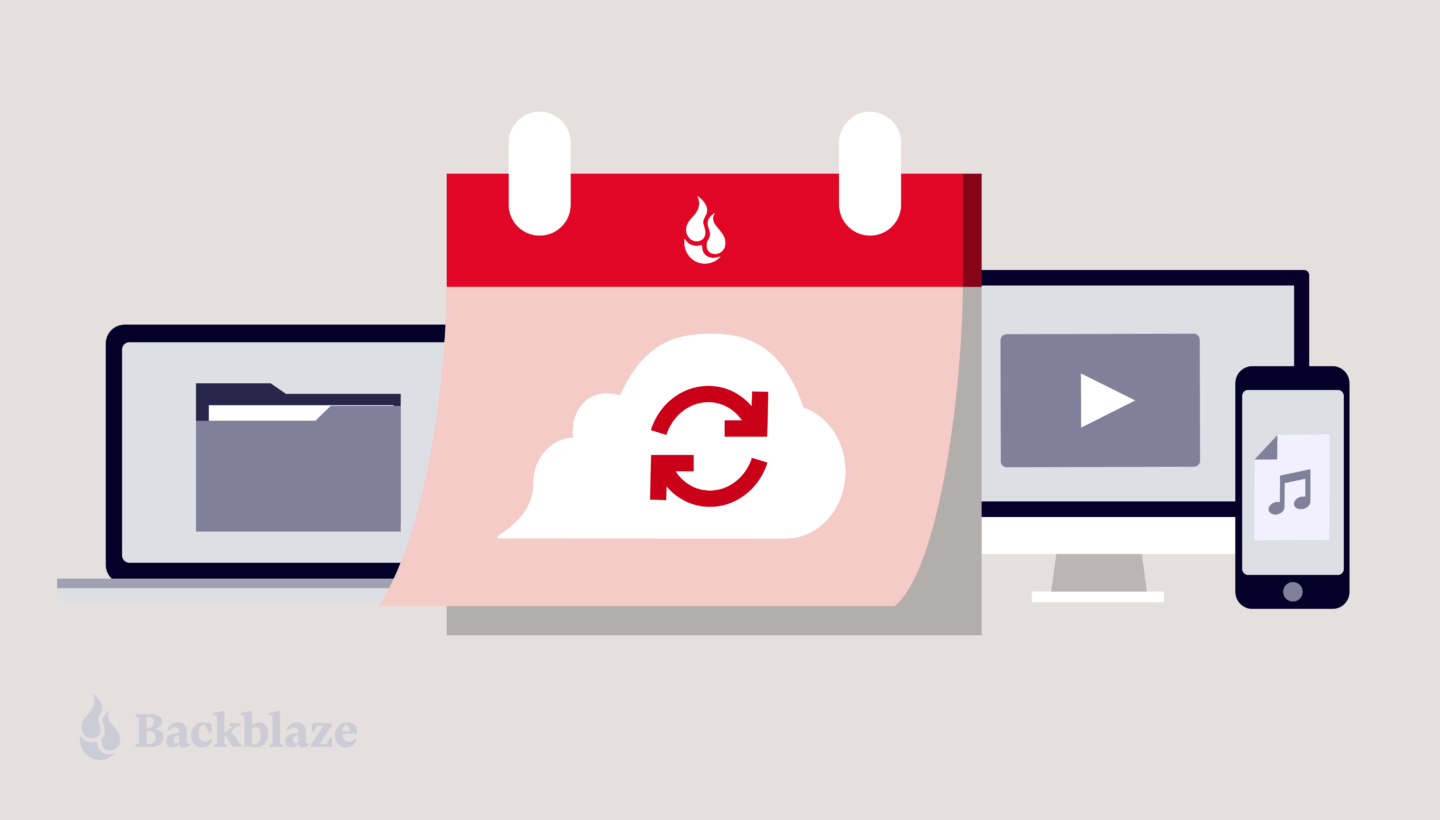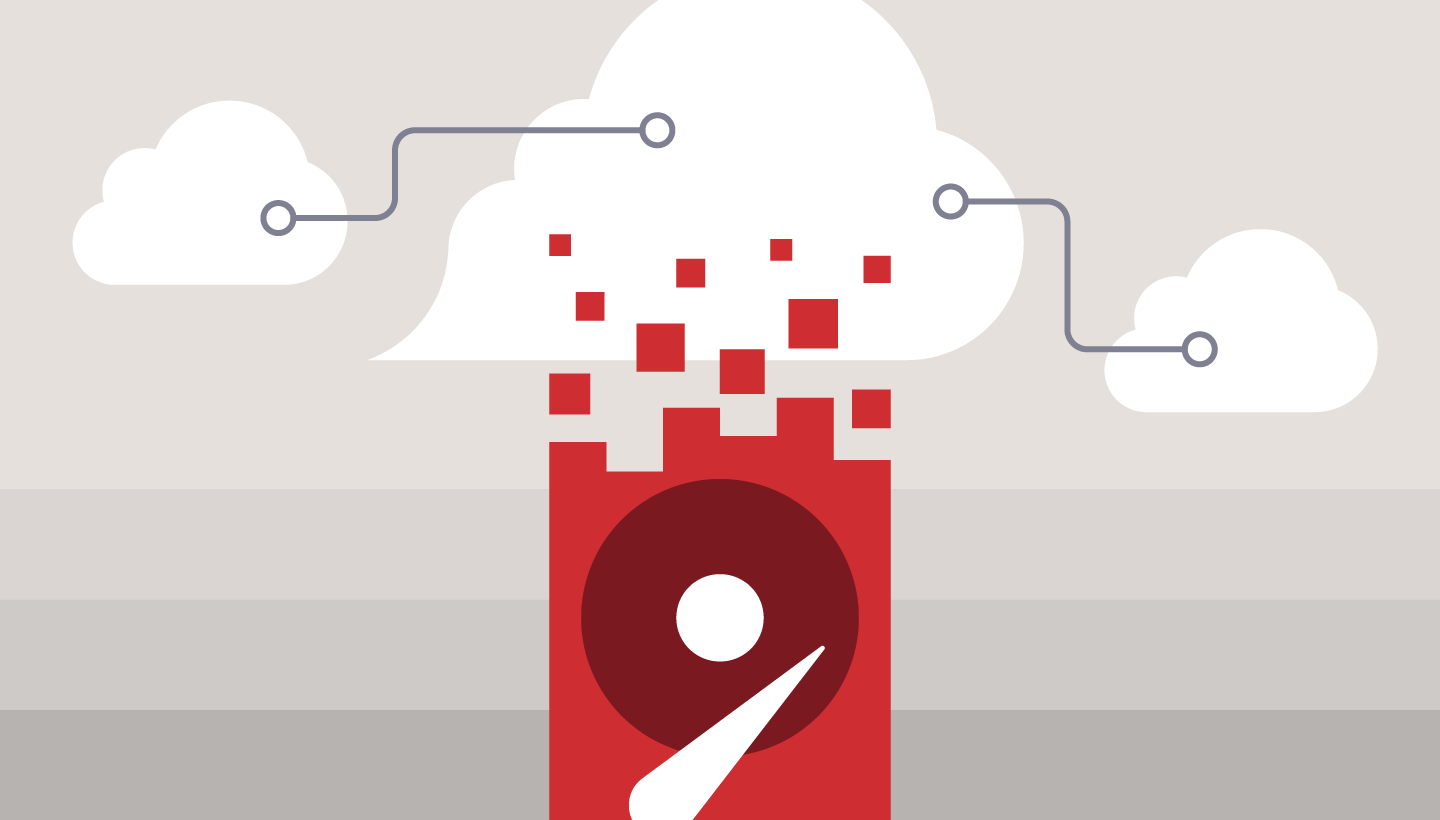
Most IT administrators and businesses know that you need to employ a 3-2-1 backup solution to meet minimum backup durability requirements, though many folks are of the opinion that the 3-2-1 methodology is just table stakes these days. Once you get into the variety of ways you can ensure reliable, robust backups, you learn about strategies like 3-2-1-1-0, bare metal recovery, cyber resilience, and more.
Which method your business ultimately ascribes to depends on your risk tolerance—but no business wants to experience the costs associated with extended downtime. In a world where the threat of ransomware is not an “if”, but a “when,” and disaster recovery is front-of-mind for businesses of all sizes, getting granular with your backup and recovery options is key. That brings us to today’s topic: continuous backup solutions, aka continuous data protection (CDP).
What Is Continuous Data Protection (CDP)?
A continuous data protection solution is an automated data backup method that keeps track of changes to your files and backs them up constantly. This is different from traditional backups that copy your data at set intervals. While you can set the interval that you’d want to have your data backup (e.g., daily, weekly, monthly), you’d still be relying on a systemic approach, and would have data loss exposure correlating to the duration you set. What if you had a day of particularly high volume of new data? What if you’re dealing with sensitive customer information that your business needs to show an accurate audit trail for?
Quick Refresher: The 3-2-1 Backup Strategy
The 3-2-1 backup solution calls for three copies of your data, to be stored on two different media types, with one copy off-site (and preferably geographically separate from your primary data storage region).
Continuous backup solutions work by tracking every change to your data in real time, then they asynchronously create a second copy of those changes. Compare this with traditional backups, where data is written to a destination, then a copy (often, a snapshot) of the data is made to be distributed to other backup locations. With a continuous backup solution, you can reduce your recovery point objective (RPO)—that is, the point in time from which you can recover your data—to near zero. And, if you store your continuous backups in more accessible storage tiers, you can reduce your recovery time objective (RTO) as well.
Here are some of the key qualities of a continuous backup solution:
- Automatic backups. With continuous backup, you don’t need to remember to manually back up your data. The system continuously monitors your files for changes and backs them up automatically.
- Real-time or frequent backups. Continuous backup solutions can back up your data in real-time, or at least very frequently. This means you’ll always have a very recent copy of your data available in case of data loss.
- Restore to any point in time. Because continuous backups keep track of all the changes made to your files, backup software with extended version/deleted file history allows you to restore your data to any point in time, not just the last time a full backup was run.
Benefits of Continuous Backup Solutions
There are several advantages to using a continuous backup solution:
- Reduced risk of data loss. You’re less likely to lose data due to hardware failure, software corruption, ransomware attacks, or accidental deletion.
- Faster recovery times. If you do lose data, you can restore it from a recent backup much faster than you could with a traditional backup system, especially those that rely on tape or cold storage for archival storage.
- Improved business continuity. Continuous backup can help businesses keep running smoothly even if they experience a data loss event.
- User-friendly for diverse levels of tech proficiency. Within a business, there are always going to be folks who are more or less proficient with technology. When you have an automatic backup utility that runs in the background—particularly one with advanced central administrative controls like Backblaze Business Backup with Enterprise Control—you aren’t relying on employees’ tech proficiency (or memory) to create backups.
Continuous Backup vs. Near Continuous Backup Solutions
True CDP solutions run at the level where you’re writing changes to your file—according to the patent, at the basic input/output system (BIOS) of the computer such that normal operations are unaffected. In a practical sense, that means you’re nearly always using virtual machines.
There are several near-continuous backup solutions, however, that back up in intervals of one hour or less and leverage a high-availability system. For transparency’s sake, it’s worth noting that Backblaze Computer Backup is a near continuous backup using native code over Java to reduce impact on your computer’s operations—see our documentation for more.
Downsides of Continuous Backup Solutions
There are some challenges to consider when implementing a continuous backup solution:
- Cost: Continuous backup solutions can be more expensive than traditional backup solutions. As time has gone on, there are more solutions available—which has led to more competitive pricing—but it is still a factor to consider.
- Storage requirements: Continuous backup can generate a lot of data. If you’re provisioning storage yourself, you’ll need to make sure you have enough to accommodate the backups. If you’re considering using a cloud backup utility, make sure you look into unlimited backups. Many common backup utilities create pricing tiers that take into account the volume of data a user generates and stores.
- System resources and compatibility: Solutions can use up system resources, which could slow down your computer or server. For example, many utilities use Java instead of native code, which can noticeably slow down your devices.
What’s the Diff: Continuous Backup vs. Synced Cloud Drive
Because a continuous backup solution updates backups in near real-time, it can be confused with cloud sync services. You may have heard us say it before—sync is not backup. The main difference between a continuous backup service and a synced cloud drive boils down to their purpose:
Continuous Backup Service: This prioritizes data protection and recovery. It constantly monitors your files for changes and backs them up frequently, often in real-time. You can restore your data to any specific point in time, making it ideal for disaster recovery or retrieving accidentally deleted files.
Synced Cloud Drive: This focuses on accessibility and collaboration. It keeps a mirrored copy of your designated folders across multiple devices. Any edits you make on one device are reflected in the cloud storage and on all other connected devices. This is great for working on the same files from different locations and keeping everyone, well, in sync.
While some cloud drives have introduced a backup or version history function, they are often limited in scope and subject to the shared responsibility model. Both undermine a true backup strategy, especially if your business has cyber insurance or compliance standards to meet.
Here’s a table summarizing the key differences:
| Feature | Continuous Backup Service | Synced Cloud Drive |
|---|---|---|
| Main Purpose | Data protection and recovery | Accessibility and collaboration |
| Backup Frequency | Continuous or very frequent | User-defined, automatic at intervals, often limited |
| Version Control | Supports restoring to any point in time | May or may not have version history |
| Focus | Protecting against data loss | Sharing and working on files across devices |
| Ideal Use Case | Disaster recovery; accidental deletion recovery; ransomware protection | Remote work; team collaboration |
In short:
- Use a continuous backup service if you’re worried about losing important data due to hardware failure, software corruption, or accidental deletion.
- Use a synced cloud drive if you want to access and edit your files from anywhere and keep them updated across all your devices.
Some services might offer both features, but it’s important to understand which functionality takes priority. And, if in doubt—use both.
Conclusion
Backups continue to be one of the cornerstones of any business’ ransomware protection strategy. As you’re considering what kind of backup you need, consider how much your business needs a granular, point-in-time recovery option to maintain business continuity. As always, you should balance functionality with costs, and the needs of your particular business. But, given the relative affordability of backup tools—and the amount they can save you in the event of a data disaster—solutions like continuous backup are worth considering for businesses of all sizes.




